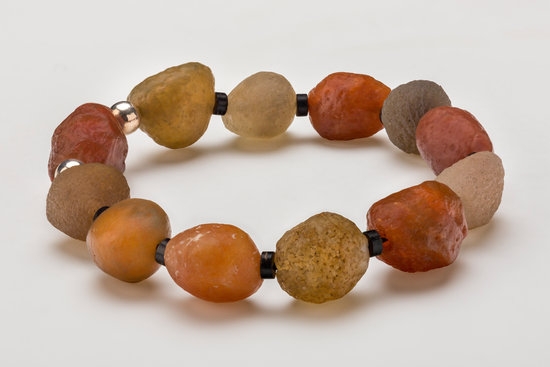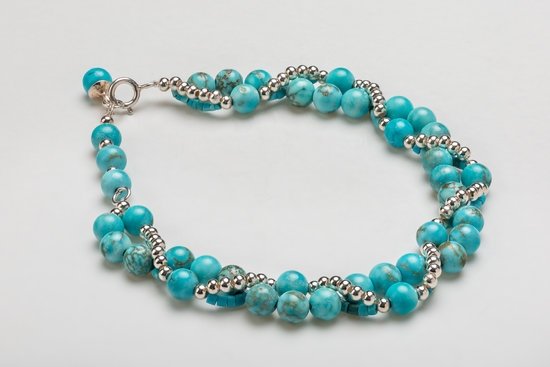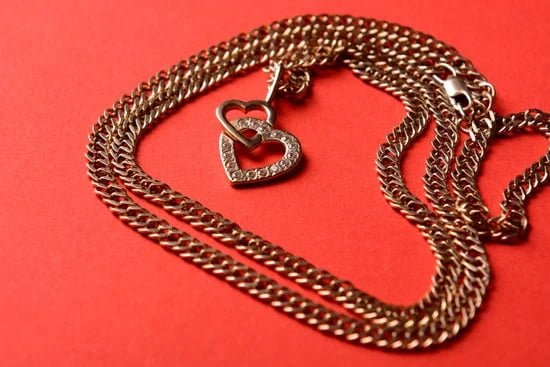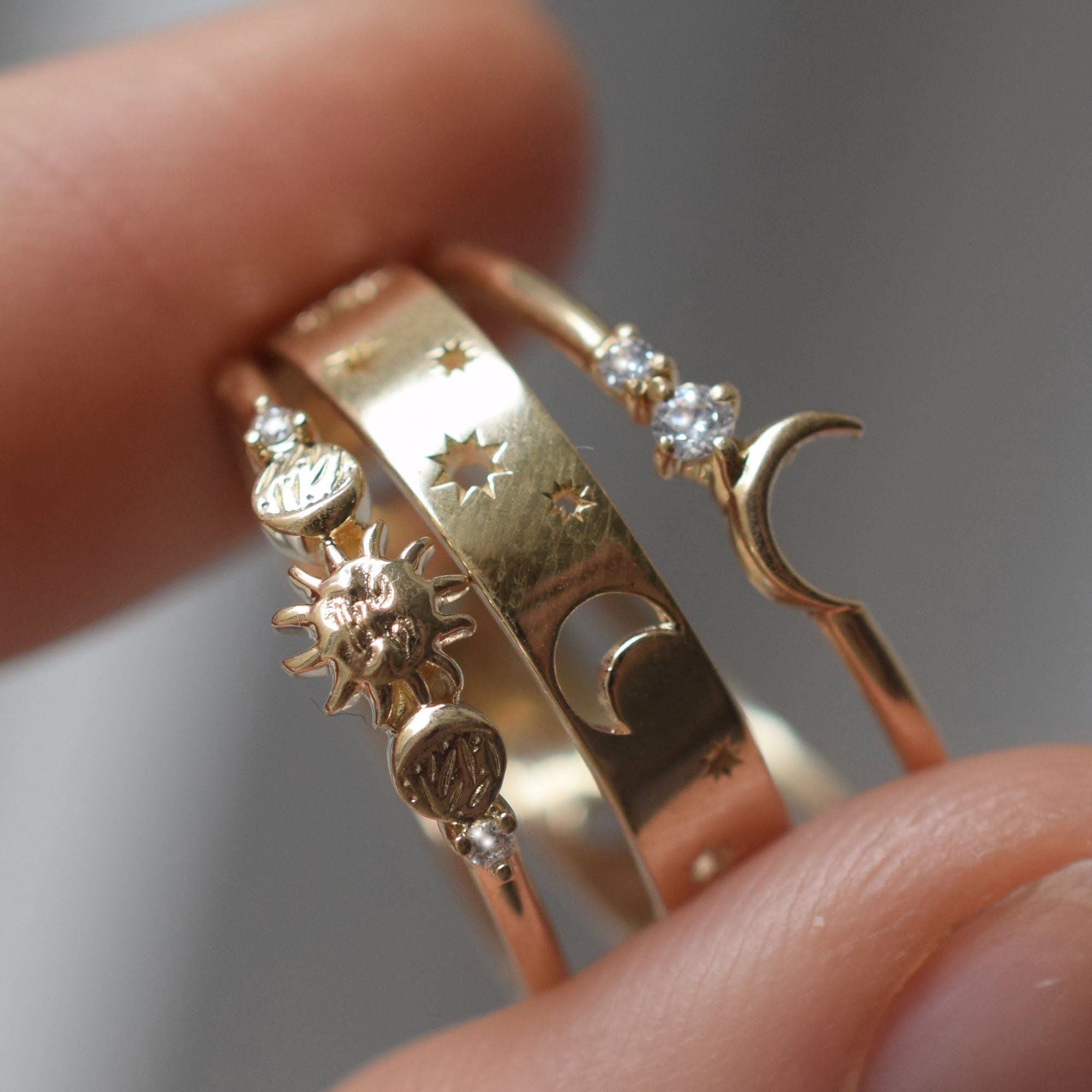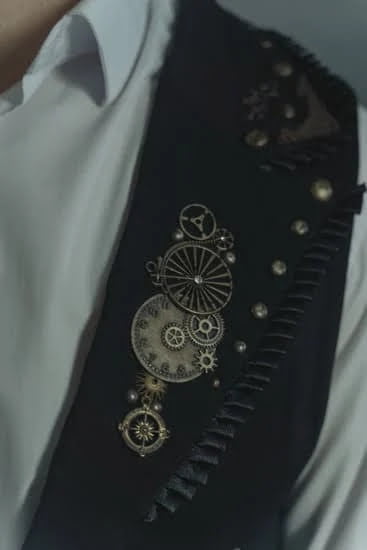How much is fine jewelry marked up? The answer to this question may surprise you. In the intricate world of fine jewelry, markups can vary widely based on a number of factors, from the cost of materials and labor to branding and marketing efforts. Understanding these markups is important for consumers who want to make informed purchasing decisions when it comes to investing in high-value pieces.
When it comes to the production of fine jewelry, the costs of materials play a significant role in determining markups. Precious metals like gold and platinum, as well as gemstones such as diamonds, can greatly impact the final retail price of a piece. Additionally, the artistry and labor that goes into creating fine jewelry also contribute to its markup.
In this article, we will delve into the various aspects that contribute to the markups on fine jewelry, from understanding the cost of materials and labor to exploring the influence of branding, marketing, and consumer demand on pricing. We will also provide tips for consumers on how they can better assess markups and make more informed decisions when purchasing fine jewelry. Join us as we explore the complex world of fine jewelry markups.
Understanding the Cost of Materials in Fine Jewelry Production
Fine jewelry is often made with precious metals such as gold, platinum, and silver, as well as gemstones like diamonds, emeralds, and sapphires. The cost of these materials plays a significant role in determining the final retail price of fine jewelry. Gold, for example, is one of the most commonly used materials in fine jewelry production. The price of gold can fluctuate due to market demand, which directly impacts the cost of fine jewelry production.
In addition to the cost of raw materials, the quality and rarity of gemstones also affect the overall production cost. For example, a flawless diamond will command a much higher price than one with visible imperfections. Furthermore, labor costs associated with crafting and setting these materials into exquisite pieces of jewelry also contribute to the final markup.
According to industry experts, it’s estimated that on average, the cost of materials accounts for approximately 20-35% of the retail price of fine jewelry. However, this can vary significantly depending on factors such as craftsmanship, brand reputation, and design complexity.
| Cost Component | Percentage of Retail Price |
|---|---|
| Materials (gold, gems) | 20-35% |
| Labor Costs | Vary |
The Artistry and Labor Costs Behind Fine Jewelry
Fine jewelry is not just about the materials used, but also about the artistry and labor that goes into creating each piece. The craftsmanship involved in fine jewelry production plays a significant role in determining its overall cost. Skilled artisans with years of experience are often behind the intricate designs and details that make fine jewelry pieces stand out. These artisans spend countless hours handcrafting and perfecting every aspect of a piece, which significantly impacts its price.
Labor costs also come into play when it comes to pricing fine jewelry. Not only does the time spent on creating a piece contribute to its cost, but the expertise and skill of the craftspeople involved are reflected in the price tag as well. The level of intricacy and precision required for fine jewelry production often translates to higher labor costs, which are then factored into the markup of these pieces.
Furthermore, the artistry behind fine jewelry is not just limited to craftsmanship but also involves the creative vision of designers who conceptualize unique and innovative designs. This creativity adds value to fine jewelry pieces, as consumers are willing to pay a premium for one-of-a-kind and beautifully designed items. All these factors combined contribute to how much fine jewelry is marked up, making it not just an investment in materials but also in skilled labor and artistic vision.
The Role of Branding and Marketing in Fine Jewelry Markups
When it comes to the pricing of fine jewelry, branding and marketing play a significant role in the markups. Brands often invest heavily in creating a perception of exclusivity, luxury, and quality around their products. This branding strategy allows them to command higher prices for their fine jewelry pieces. High-end advertising campaigns, celebrity endorsements, and partnerships with luxury retailers all contribute to creating a strong brand image that justifies the markup on their products.
Moreover, marketing efforts also influence how consumers perceive the value of fine jewelry. Through strategic storytelling and visual imagery, brands are able to create emotional connections with their target audience, making them more willing to pay a premium for their products. This psychological aspect of branding and marketing is crucial in justifying the markup on fine jewelry.
In addition to creating brand allure, marketing also drives demand for specific styles or collections within the fine jewelry market. When certain designs or pieces become highly sought after due to effective marketing campaigns, this can lead to an increase in price due to limited availability and high demand.
| Role | Effect |
|---|---|
| Branding | Creates perception of exclusivity and luxury |
| Marketing | Drives demand for specific styles or collections |
The Influence of Trends and Demand on Fine Jewelry Pricing
When it comes to fine jewelry pricing, one crucial factor that plays a significant role in determining the cost is the influence of trends and demand. Trends in fashion and design can greatly affect the popularity and desirability of certain types of fine jewelry, ultimately impacting their pricing. Understanding how trends and demand drive pricing in the fine jewelry market can provide insight for consumers looking to make informed purchasing decisions.
Here are a few key points to consider regarding the influence of trends and demand on fine jewelry pricing:
- Popularity of Certain Gemstones: The demand for specific gemstones can fluctuate based on current fashion trends or cultural influences. For example, if a particular gemstone becomes popular due to celebrity endorsements or high-profile events, its demand may surge, leading to an increase in price.
- Fashion Trends: Fine jewelry often follows fashion trends closely. Styles that are in vogue or featured prominently on runways may drive up demand for certain types of jewelry, causing prices to rise accordingly.
- Limited Edition or Exclusive Collections: Manufacturers and designers often release limited edition or exclusive collections that cater to specific trends. The scarcity and exclusivity of these pieces can result in higher prices due to heightened demand from collectors and enthusiasts.
It is essential for consumers to be aware of how trends and demand can impact fine jewelry pricing when making purchasing decisions. By staying informed about the current market trends and understanding the factors driving demand for specific types of jewelry, consumers can assess whether the price they are paying aligns with the value they expect.
Ultimately, keeping abreast of trends while assessing personal preferences and needs will enable consumers to make more informed choices when it comes to purchasing fine jewelry. This knowledge empowers them to navigate through the ever-changing landscape of fine jewelry pricing with confidence – ensuring that they get the best value for their investment.
The Impact of Retail Markup on Fine Jewelry Prices
Retail markup has a significant impact on the prices of fine jewelry. Typically, the retail markup for fine jewelry is quite high, often ranging from 100% to 300% or more. This markup covers various costs, including the overhead expenses of operating a retail store, salaries of sales staff, and other operational costs. In addition, retailers also factor in the perceived value and luxury appeal of the jewelry when determining their markup.
Another important aspect to consider is that fine jewelry retailers make significant investments in creating an upscale shopping experience for their customers. This includes offering personalized service, maintaining elegant displays and showrooms, as well as providing a sense of exclusivity that contributes to the overall price structure of fine jewelry.
When it comes to understanding how much fine jewelry is marked up at retail stores, it’s crucial for consumers to be aware that they are not just paying for the physical product itself, but also for the prestige and experience associated with buying from a luxury retailer.
Therefore, while the significant retail markups may seem exorbitant compared to the production cost, they reflect not only the inherent value of the pieces but also contribute to the overall allure and desirability of owning fine jewelry.
The Comparison of Markups Across Different Types of Fine Jewelry
When it comes to fine jewelry, the markup on different types of pieces can vary significantly. Understanding these markups can help consumers make informed purchasing decisions and assess whether they are getting a fair price for their jewelry. In this section, we will explore the comparison of markups across different types of fine jewelry, from diamonds to gemstones to precious metals.
Diamond Jewelry Markup
Diamonds are one of the most coveted and valuable gemstones in the world, so it’s no surprise that the markup on diamond jewelry can be substantial. Factors such as carat weight, cut, color, and clarity all play a role in determining the markup on diamond jewelry. Additionally, the brand and reputation of the jeweler can also impact the markup.
Gemstone Jewelry Markup
Gemstone jewelry encompasses a wide range of stones including sapphires, rubies, emeralds, and more. The markup on gemstone jewelry can vary depending on factors such as the rarity and quality of the stone, as well as the intricacy of the design. Some gemstones may have higher markups due to their scarcity, while others may be more affordable.
Precious Metal Jewelry Markup
The markup on precious metal jewelry such as gold, silver, and platinum is influenced by market prices for these metals. Additionally, the craftsmanship involved in creating intricate metalwork can also impact the markup. For example, a handcrafted gold bracelet may have a higher markup than a simple gold band due to the labor and artistry involved.
Understanding these variations in markups across different types of fine jewelry is essential for consumers who want to make informed purchases. By considering factors such as materials, craftsmanship, and market trends, consumers can better assess how much fine jewelry is marked up and whether it aligns with their expectations of value.
The Factors That Determine How Much Fine Jewelry Is Marked Up
When it comes to fine jewelry, the markup is often a hot topic of discussion. Many consumers wonder how much is fine jewelry marked up and what factors contribute to these markups. Below are some key factors that determine how much fine jewelry is marked up:
1. Brand Reputation: Established brands with a strong reputation in the industry tend to have higher markups on their fine jewelry. This is due to the perceived value and trust associated with well-known brands.
2. Materials Used: The cost of materials used in fine jewelry production directly impacts the markup. Precious metals like gold, silver, and platinum, as well as gemstones such as diamonds and emeralds, can significantly affect the final retail price.
3. Labor and Artistry: The level of detail and craftsmanship involved in creating fine jewelry also plays a role in determining the markup. Highly intricate designs or pieces that require specialized labor may result in higher markups.
Understanding these factors can help consumers make more informed decisions when purchasing fine jewelry. By being aware of what contributes to markups, they can better assess the value and pricing of a piece before making a purchase.
It’s important for consumers to keep these factors in mind when shopping for fine jewelry, as they can greatly impact the final price they pay for a piece. By understanding the various elements that determine markups, consumers can make more educated choices and find pieces that align with both their preferences and budget.
Tips for Consumers on Understanding and Assessing Fine Jewelry Markups
When it comes to purchasing fine jewelry, understanding and assessing markups is essential for consumers to make informed decisions. From the cost of materials and labor to branding and retail markups, there are several factors that contribute to the final price of fine jewelry. In this section, we will discuss some tips for consumers on how to navigate the intricate world of fine jewelry markups.
Educate Yourself on the Cost of Materials
One of the first steps in understanding fine jewelry markups is to educate yourself on the cost of materials. Precious metals like gold, silver, and platinum, as well as gemstones, play a significant role in determining the price of fine jewelry. Consumers should research current market prices for these materials and inquire about the quality and purity when making a purchase.
Consider the Artistry and Labor Costs
In addition to materials, the artistry and labor involved in crafting fine jewelry also contribute to its markup. Skilled craftsmen spend hours creating intricate designs and setting precious stones, which adds value to the piece. When evaluating a piece of fine jewelry, consider the level of detail and craftsmanship involved in its creation.
Compare Markups Across Different Retailers
Another tip for consumers is to compare markups across different retailers. It’s common for fine jewelry prices to vary from one store to another due to factors such as brand reputation, exclusivity, and overhead costs. By shopping around and comparing prices, consumers can gain a better understanding of how much is fine jewelry marked up at different retail establishments.
By following these tips, consumers can become more savvy in their approach to purchasing fine jewelry and gain insight into how prices are determined within the industry. Understanding and assessing markups empowers consumers to make well-informed decisions when investing in exquisite pieces that reflect their personal style and taste.
The Future of Fine Jewelry Markups
In conclusion, the future of fine jewelry markups seems to be influenced by several trends and predictions. As technology continues to advance, we can expect to see more transparency in the pricing of fine jewelry. Consumers are becoming more aware and educated about the markup process, which may lead to pressure on retailers to justify their prices.
Another key trend is the growing demand for ethically sourced and sustainable jewelry. As consumers become more conscious of environmental and social issues, they are seeking out jewelry that aligns with their values. This shift in consumer behavior may impact how much fine jewelry is marked up, as brands will have to consider the costs associated with responsible sourcing and production.
Additionally, the rise of online shopping and direct-to-consumer brands is expected to disrupt traditional retail markups. With fewer intermediaries involved, these brands may be able to offer lower markups on their fine jewelry. Overall, the future of fine jewelry markups is likely to be shaped by changing consumer preferences, technological advancements, and a greater emphasis on ethical practices within the industry.
Frequently Asked Questions
What Is the Typical Markup on Fine Jewelry?
The typical markup on fine jewelry can vary depending on the retailer, but it is generally around 300% to 400%. This means that the selling price of the jewelry is three to four times higher than the cost price. Factors such as brand, design, and material also play a role in determining the markup on fine jewelry.
What Is the Profit Margin on Fine Jewelry?
The profit margin on fine jewelry is typically around 25% to 35%. This percentage represents the amount of profit a retailer makes from selling each piece of fine jewelry. The profit margin is calculated by subtracting the cost price from the selling price and then dividing by the selling price.
What Is the Markup on Custom Jewelry?
The markup on custom jewelry can be higher than that of regular fine jewelry, often reaching up to 500% or even more. Custom jewelry involves more personalized design and craftsmanship, which can justify a higher markup. However, this markup also accounts for additional costs such as labor and materials specific to creating custom pieces.

Welcome to my jewelry blog! My name is Sarah and I am the owner of this blog.
I love making jewelry and sharing my creations with others.
So whether you’re someone who loves wearing jewelry yourself or simply enjoys learning about it, be sure to check out my blog for insightful posts on everything related to this exciting topic!

